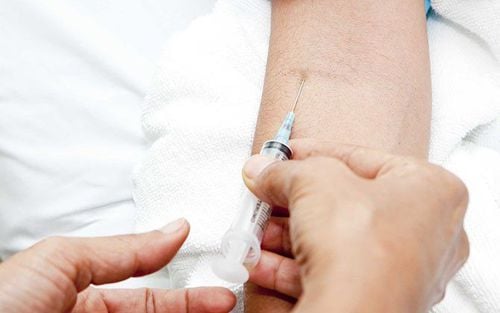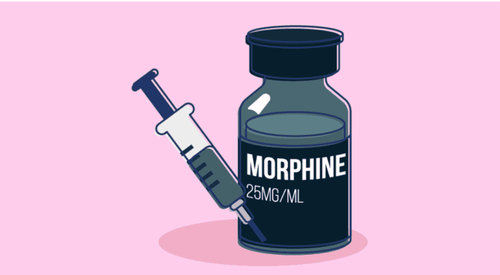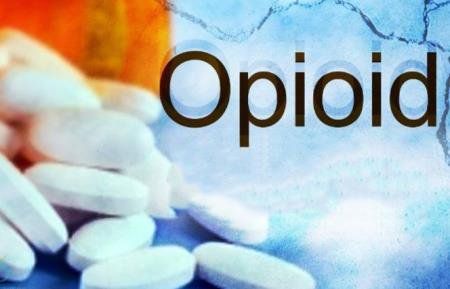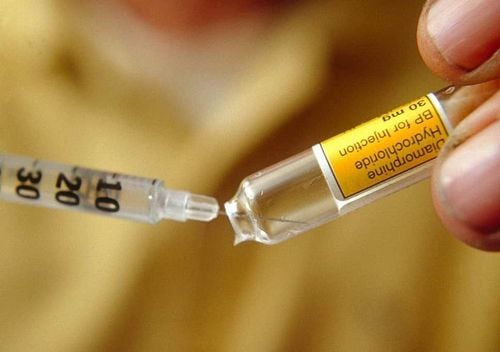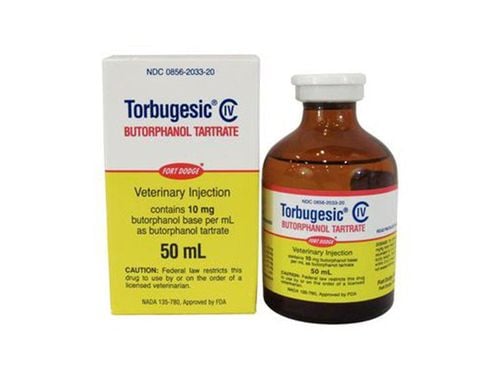This is an automatically translated article.
Naloxone is a medication used to treat opioid overdose. The drug is quick and effective, but only temporary. Therefore, after giving the patient naloxone, relatives should take them to the hospital for timely emergency.1. Use naloxone for an opioid overdose
Naloxone is effective in helping to treat opioid overdose, minimizing the risk of death for patients. Naloxone comes in three FDA-approved forms: an injection, an auto-injector, and a nasal spray.Naloxone is commonly used in the treatment of overdoses of opioid forms such as heroin, fentanyl, oxycodone, hydrocodone, codeine, and morphine. Accordingly, Naloxone should be prescribed prophylactically for people using opioids because it is a safe, non-addictive, quick-acting and effective drug.
MORE: Acute poisoning and overdose of opioids
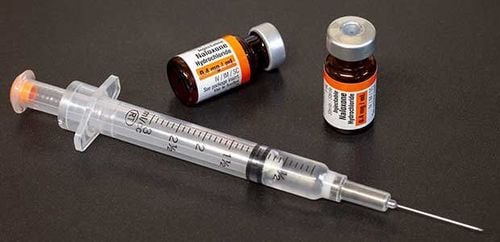
Hình ảnh Naloxone dạng tiêm
2. Recognizing opioid overdose and naloxone use
Acute opioid poisoning often causes unconsciousness and shallow breathing. Other signs of an opioid overdose may include:Unresponsive (doesn't wake up when shaken or called out) Lameness Pale lips, gums or fingertips Slow or irregular heartbeat Small pupils Naloxone instructions for use are included, so everyone should read them carefully before using to ensure safety. Naloxone is an auto-injector with a voice that tells you every step of the way, including how to find the injection site, how long to hold the needle, and any unusual signs to call 911.
Naloxone is fast acting and strong. People with an opioid overdose usually wake up within 1-3 minutes of taking naloxone. In addition, this drug also works to reduce the possibility of long-term brain damage caused by reduced blood flow. However, the drug Naloxone only has a temporary effect, so after giving the patient naloxone, the support person needs to call an ambulance to take the patient to the hospital for timely treatment. During that time, you should continue to try to wake up, check your breathing ability, and perform CPR as needed.
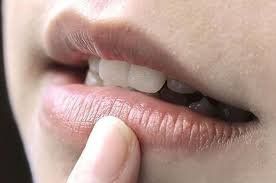
Môi tím xanh là dấu hiệu cho thấy tình trạng quá liều opioid
3. Naloxone does not cause side effects if the patient does not have an opioid overdose
In the unlikely event that the patient has taken an opioid overdose, you should never hesitate to give the patient naloxone because this drug does not cause side effects in people who do not have an opioid overdose and can save lives. .The drug naloxone when entering the body only binds to opioid receptors. Therefore, if you use the drug to treat other diseases such as diabetic coma, cardiac arrest, the drug will not work nor harm the body. In particular, naloxone can be used for all ages from infants to the elderly.
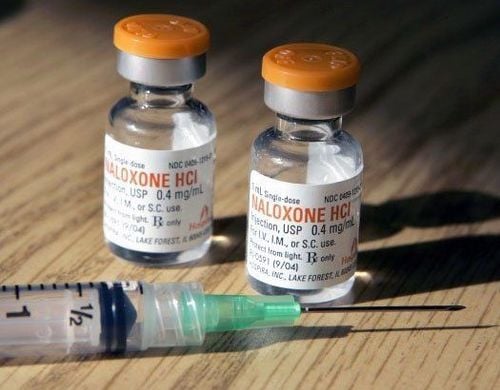
Thuốc Naloxone có thể được sử dụng cho mọi lứa tuổi
4. Consult your doctor about naloxone prophylaxis during opioid use
The drug naloxone is used to treat certain types of pain and opioid use disorders. This is a strong drug, so you should consult with your doctor about the degree of need for the opioid you are taking. If approved, you should have naloxone ready after each opioid use. In addition, friends or relatives of people who are taking opioids should also keep a stock of naloxone in case they experience an overdose.To ensure safety, it is best for patients to consult a doctor about the level and dose of opioid drugs to avoid overdose and unwanted side effects.
Please dial HOTLINE for more information or register for an appointment HERE. Download MyVinmec app to make appointments faster and to manage your bookings easily.
References: clark.wa.gov, fda.gov





